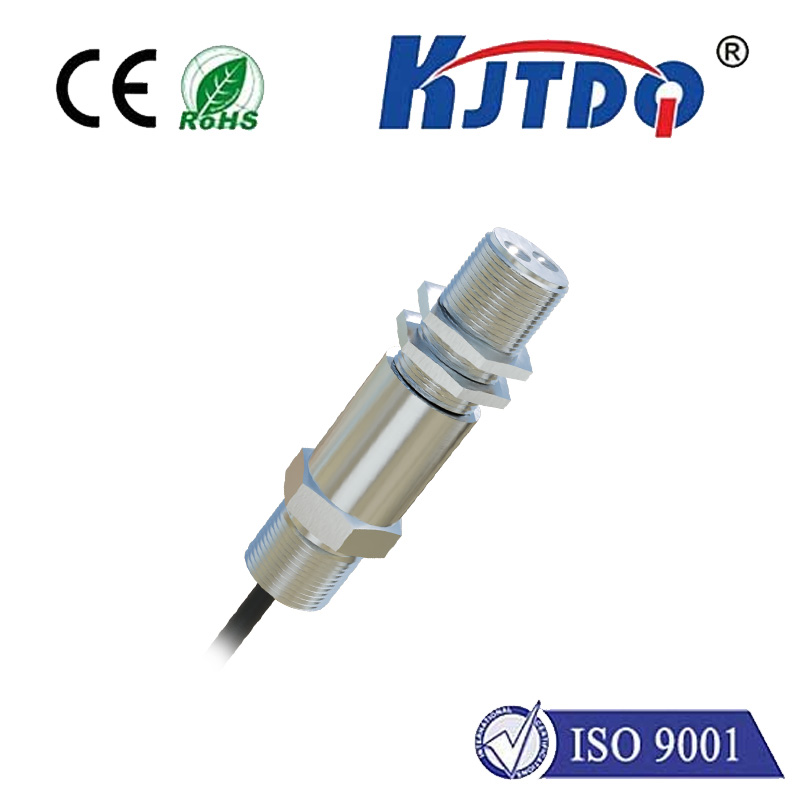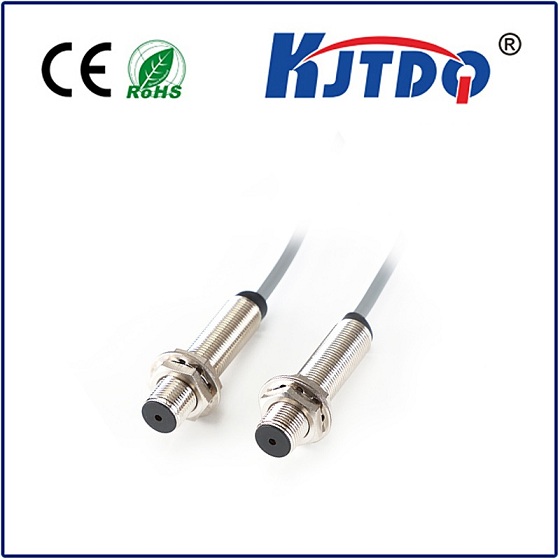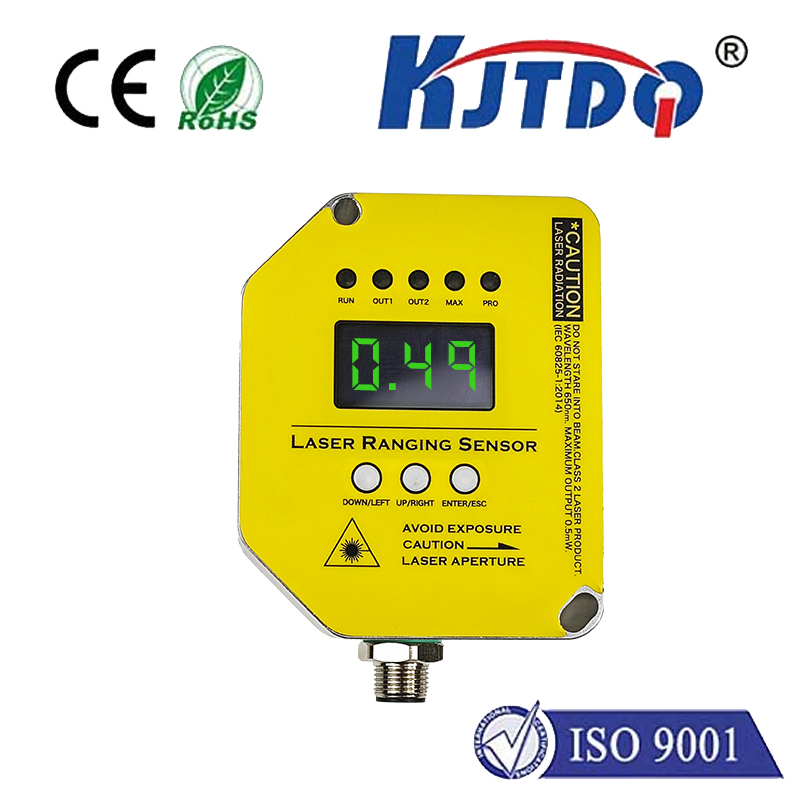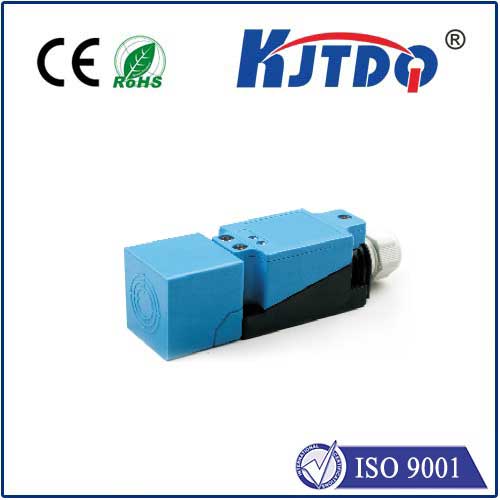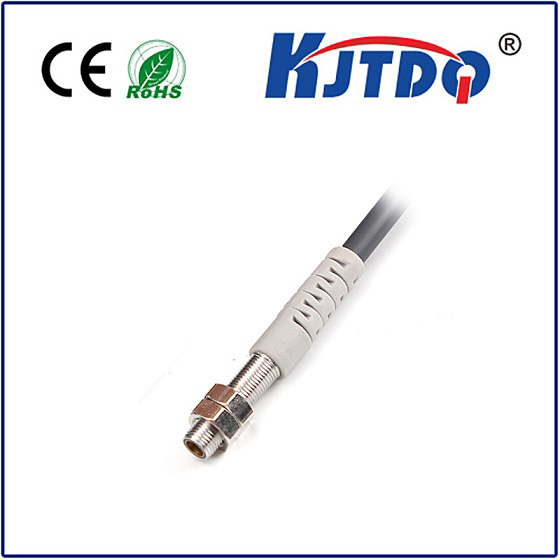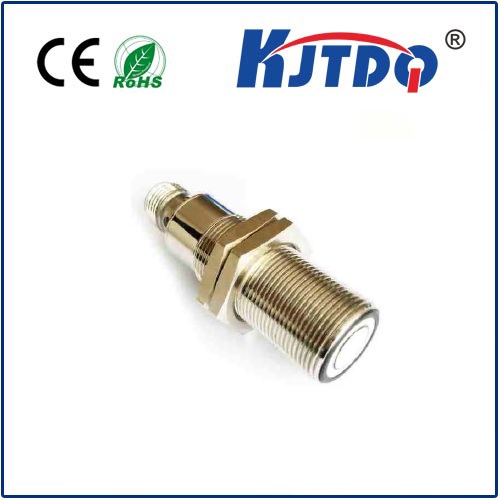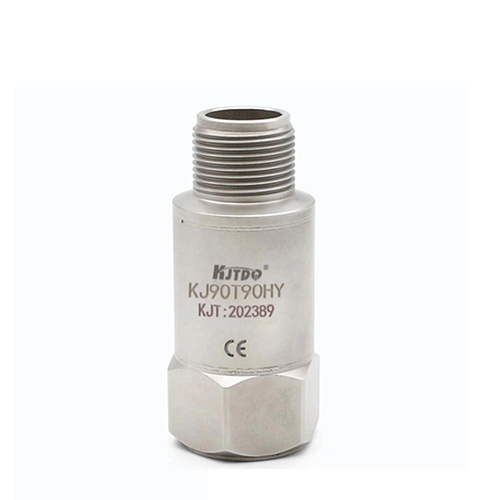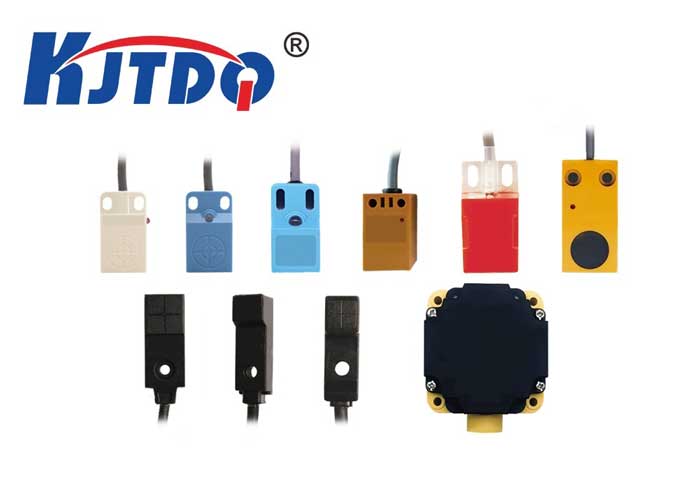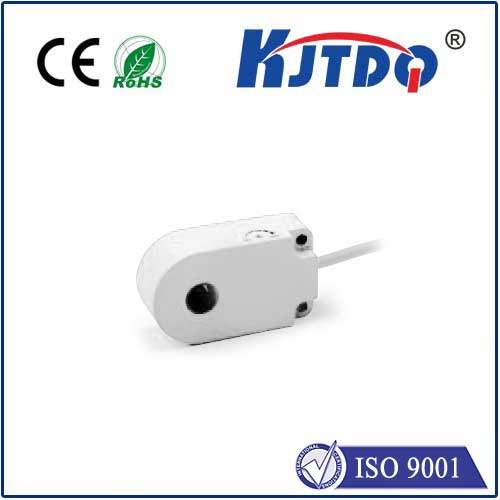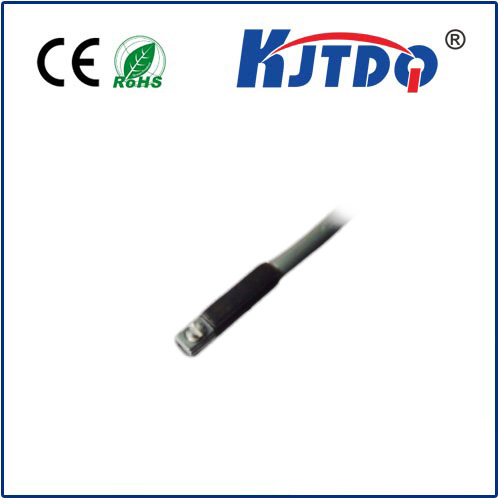
Проверка

Проверка

Проверка

Проверка

Проверка

Проверка
Imagine a factory assembly line humming with robotic arms. How do these machines know precisely when to pick up, weld, or place components without collision? Or picture a modern warehouse: how do automated gates open seamlessly for forklifts, yet prevent accidents? The invisible heroes enabling such seamless, efficient, and safe operations are often proximity photoelectric sensors. These ingenious devices act as the electronic “eyes” of countless automated systems, detecting the presence, absence, or position of objects without ever needing to touch them. Their reliance on light beams makes them vital components across diverse sectors, from intricate manufacturing processes to everyday convenience applications.
Decoding the Photoelectric Principle
At its core, a proximity photoelectric sensor operates on a fundamental principle: it uses light to sense objects. This involves two key components:
The sensor triggers an output signal based on how the target object interacts with this emitted light. Crucially, this detection happens proximally – the object doesn’t require direct physical contact, offering significant advantages over mechanical switches.
Unraveling the Primary Sensing Modes
Proximity photoelectric sensors achieve non-contact detection through several distinct operational modes, each suited to specific challenges:

Through-Beam (Opposed Mode): This is often considered the most robust mode. The emitter and receiver are separate units, positioned directly opposite each other. The emitter sends a constant light beam to the receiver. A target object is detected when it interrupts this beam. Key advantages include long sensing ranges (often several meters) and high reliability, as even small objects breaking the beam are detected. Considerations: Installation requires wiring and alignment of two separate units across the detection path.
Retro-Reflective (Reflex Mode): Here, both the emitter and receiver are housed in a single sensor unit. A specialized reflector (corner-cube reflector or tape) is placed opposite the sensor. The emitter sends light towards the reflector, which bounces it directly back to the receiver within the sensor. An object is detected when it interrupts this reflected beam. Key advantages: Simpler installation compared to through-beam, as only the sensor unit and reflector need mounting, often offering good range. Considerations: Highly reflective target objects can sometimes be misinterpreted as the reflector itself (“false reflection”), though advanced sensors have polarizing filters to mitigate this.
Diffuse (Proximity Mode): In this mode, the emitter and receiver are also contained within one unit. The sensor relies on the diffuse reflection principle. The emitter sends light towards the target object. If the object is within range and of a suitable material/color, it will diffusely reflect some of this light back towards the receiver in the same unit. Detection occurs when enough reflected light is received. Key advantages: Simplest installation – only the single sensor unit is required. Considerations: Sensing range is typically shorter than through-beam or retro-reflective modes. Detection is highly dependent on the target’s size, color, reflectivity, and surface texture. Dark, non-reflective, or transparent objects can be challenging. Background suppression versions help by focusing detection at a specific distance.
Where the Light Leads: Pervasive Applications
The versatility of proximity photoelectric sensors makes them indispensable in countless scenarios:
Why Choose Photoelectric Sensing? Key Advantages
Proximity photoelectric sensors offer compelling benefits over other sensing technologies like inductive or capacitive proximity sensors:
Selecting the Right “Eye” for the Job
Choosing the optimal proximity photoelectric sensor requires careful consideration:
The Indispensable Light of Automation
Proximity photoelectric sensors are more than just components; they are fundamental enablers of modern automation, safety, and efficiency. Their ability to provide fast, reliable, and non-contact detection of a vast array of objects underpins countless processes we rely on daily, whether visible on a factory floor or operating unseen behind the scenes. By understanding the distinct operational modes – through-beam, retro-reflective, and diffuse – along with their respective strengths and considerations, engineers and technicians can effectively harness the power of light. Selecting the right sensor for the specific target, range, and environment ensures optimal performance. As industries continue to evolve towards greater connectivity and intelligence (facilitated by **IO
